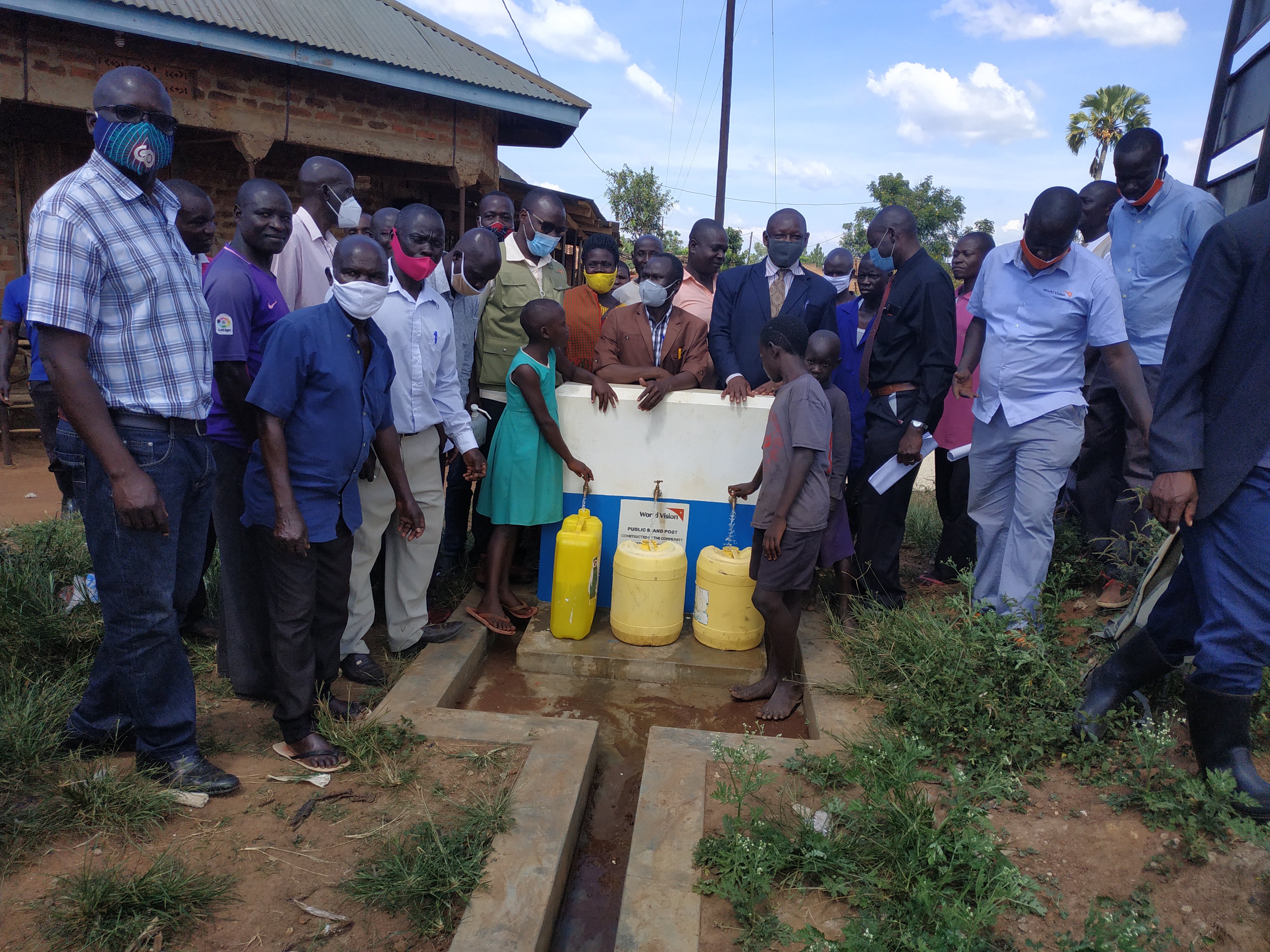WATER AND SANITATION STATUS OF BUSIA DISTRICT AND PROJECTION FY 22/23
As Uganda continues to battle with Water, Hygiene and Sanitation related diseases like dysentery, typhoid and cholera which have claimed many lives. Busia District has not been exempted form the other districts which face similar challenge related to Water hygiene and sanitation.
According to Dickson Wamaena, Busia's deputy district health officer, dysentery, typhoid and cholera, which are linked to hygiene, are the most widespread. “Between December 2019 and March 2020, 212 cases of dysentery were registered. Between April and June 2020, 299 cases of typhoid were recorded”.
Busia Local government under the Works department water sector state that the District’s Coverage stands at 64% and the Rural safe Water coverage is 79%, while the Sanitation coverage is at 81% with hand washing at 38% which had earlier raised to 88% in 2020 because people had to strictly follow Covid 19 standard operating procedures but has since gone down due to laxity among the community members. In the entire District, Masafu sub-County has the highest Water coverage at 87.7% and Busime sub-cunty with the lowest at 63.06%.
During the works department water sector budget conference for FY 22/23 held on 3rd November 2021, the Water Office the district had planned Revenue and Expenditure Performance for FY 20/21 the revenue being at 832,980,000/= and expenditure performance of 81,591,000/= at the percentage of 94%. The Previous Performance for FY 20/21 was Revenue received was 831,480,000/= against 832,980,000/= Planned and Budgeted and Expenditure performance stood at 94%.
During this Period, the sector achieved the following outputs;
- We had a target of 19 boreholes (siting and drilling) however 26 were achieved because some of the projects completed were for FY 19/20.
- We also targeted to design 1 water supply pipped scheme which was designed.
- We targeted to repair 33 broken down Boreholes which were all completed.
- We targeted to construct 2 rural growth center latrines which were completed.
Because of these interventions, there was a Reduction in Water Related diseases, Reduction in the time spent and hence used for other activities, Reduction in the walking distance to a water source and an Increase in disposable income as money spent on diseases is saved.
There were some challenges during the implementation like;
- Covid 19 pandemic which has affected the world.
- Low staffing Level.
- Some Sources drilled tend to test salty hence the borehole functional but not in use.
- Lack of a spare parts dealer for Borehole parts.
- Old sector vehicle with high maintenance cost.
- Vandalism of Hand pumps by Hand pump mechanics.
The team also made recommendations which will result into complete reduction or even complete eradication of hygien related diseases and also icrease access of clean water in the communities as listed below;
- Appropriate technologies of water be introduced in the district especially where the problem of water quality has been identified.
- Need to provide land for projects identified and surveyed with land titles.
- Need for adequate transport for effective supervision and monitoring.
- Need to use competent Hand pump mechanics to repair the broken-down boreholes.

